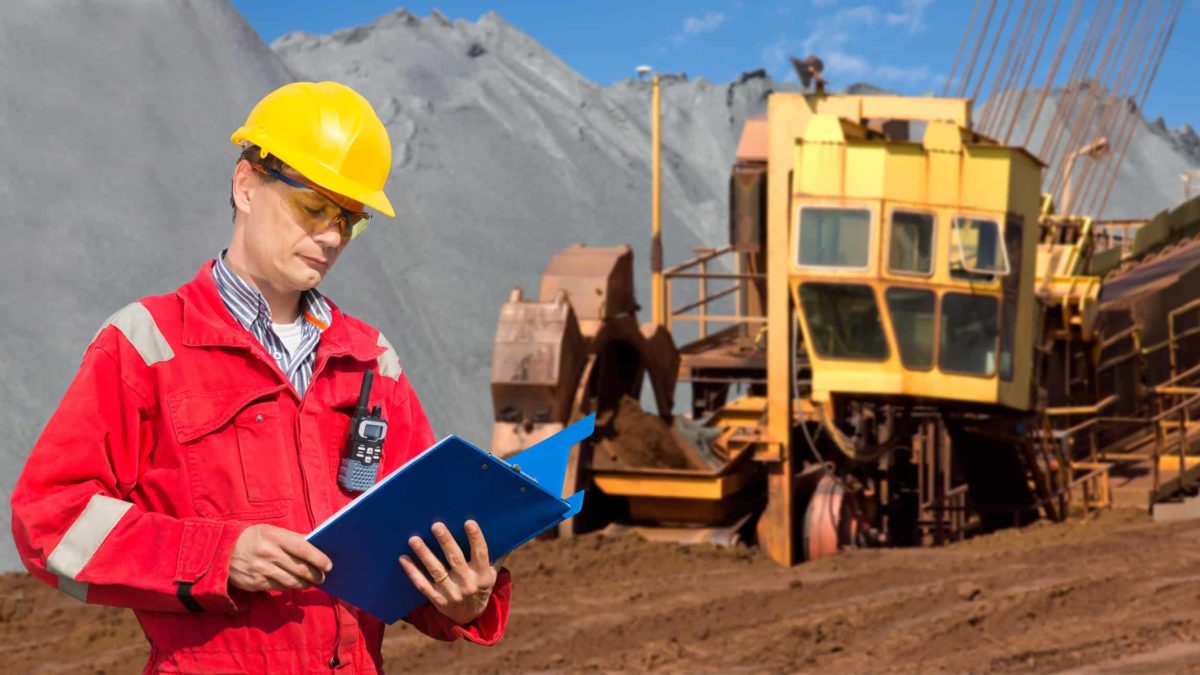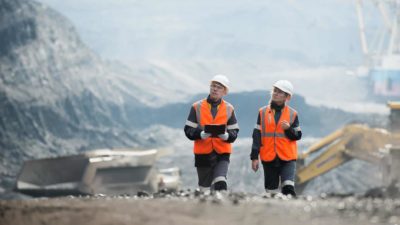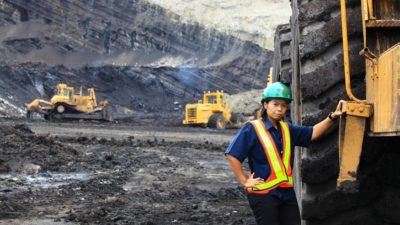BHP Group Ltd (ASX: BHP) shares have gone through plenty of change over the years, but the next four could be particularly interesting with some operational changes for the ASX mining share. The BHP profit forecast for 2028 also makes for interesting reading.
As Australia's largest company, what happens with BHP is important for the S&P/ASX 200 Index (ASX: XJO) and retiree incomes. Let's investigate.
Potash
The biggest change likely to happen by 2028 is BHP's involvement in potash, seen as a greener fertiliser for agriculture.
BHP has been working on stage one of the Jansen project in Canada for a while now. The project currently has a capital expenditure cost of US$5.7 billion and a first production date by the end of 2026. As of 31 December 2023, this project was 38% complete.
Hopefully, by 2028, BHP will be producing a satisfactory amount of potash from the underground mine, which is expected to have a capacity of 4.15mt per annum.
But that's just stage one. Stage two, which was recently approved, will involve additional mining districts, completion of the second shaft hoist infrastructure, expansion of processing facilities, and the addition of rail cars to facilitate production of an incremental 4.36mt per annum.
The first production date for stage two is expected to be FY29, so this likely won't have much of a financial impact in 2028. The capital expenditure has been put at US$4.86 billion.
However, broker UBS has suggested there could be a material potash surplus into the 2030s, which is expected to reduce returns from Jansen. BHP alone is reportedly going to add around 11% to 13% to global supply, with expected additional supply from other producers. So, it may not help BHP shares as much as originally expected.
Profit expected to fall
BHP's biggest earnings driver is iron ore, and the high iron ore price in recent years has helped deliver billions of dollars of profit for the miner.
UBS is focused on BHP growing its production to 305mt per annum and then 330mt per annum, though capacity-constrained infrastructure has reportedly made this expansion challenging. Getting to 330mt per annum would require a sixth car dumper, port load-out optimisation, rail enhancements, and more.
However, increasing supply from around the world could mean weaker iron ore prices in the future, which may hurt BHP shares. The continent of Africa could grow into a competing iron powerhouse – Rio Tinto Ltd (ASX: RIO) is one of the businesses working on the huge Simandou project.
Profit generation is essential for big ASX blue-chip shares like BHP.
UBS projects that the company will generate US$56.4 billion of revenue, US$17.5 billion of earnings before interest and tax (EBIT) and US$13.5 billion of net profit after tax (NPAT) in FY24.
However, by FY28, the company's revenue is forecast to fall to US$50.9 billion, EBIT to drop to US$16 billion and net profit to fall to US$9.66 billion. This could mean the dividend per share drops from a projected US$1.47 per share in FY24 to US$1.14 per share in FY28.
Needless to say, there's a danger that a lower profit and smaller dividend could hurt the BHP share price.









